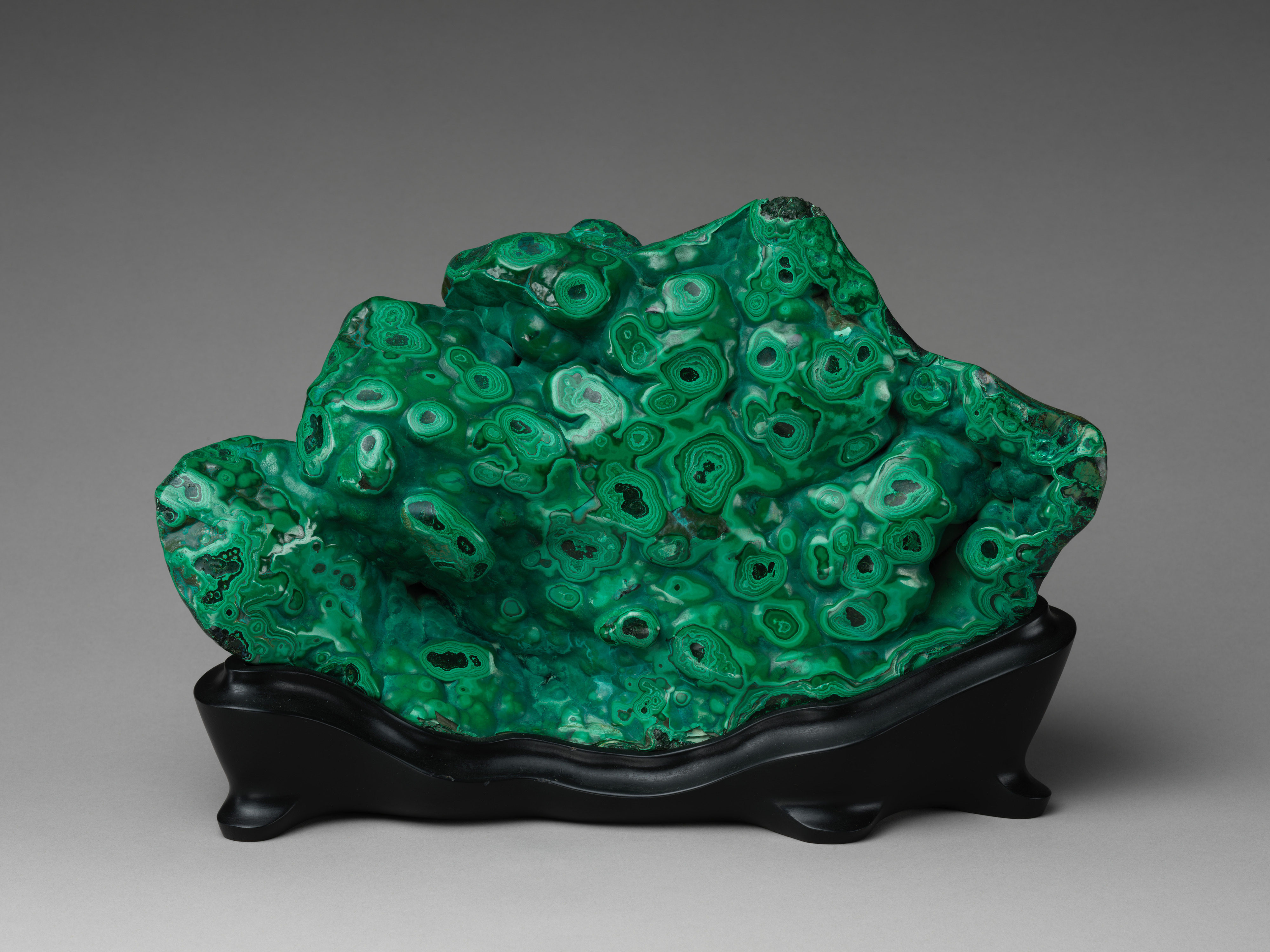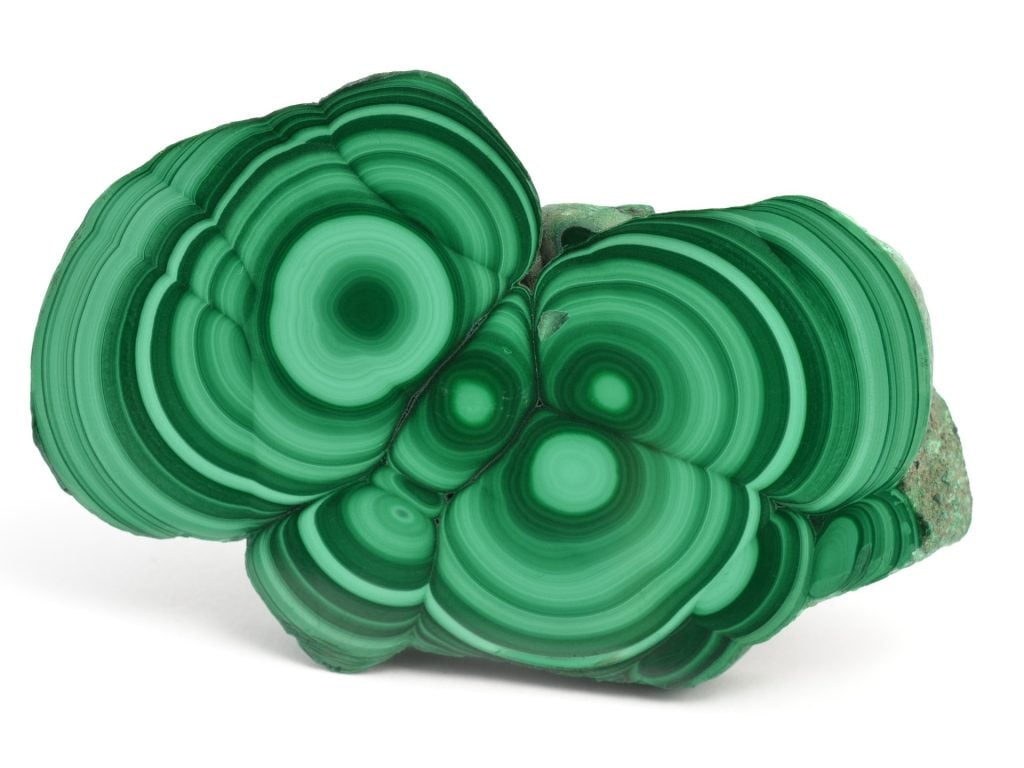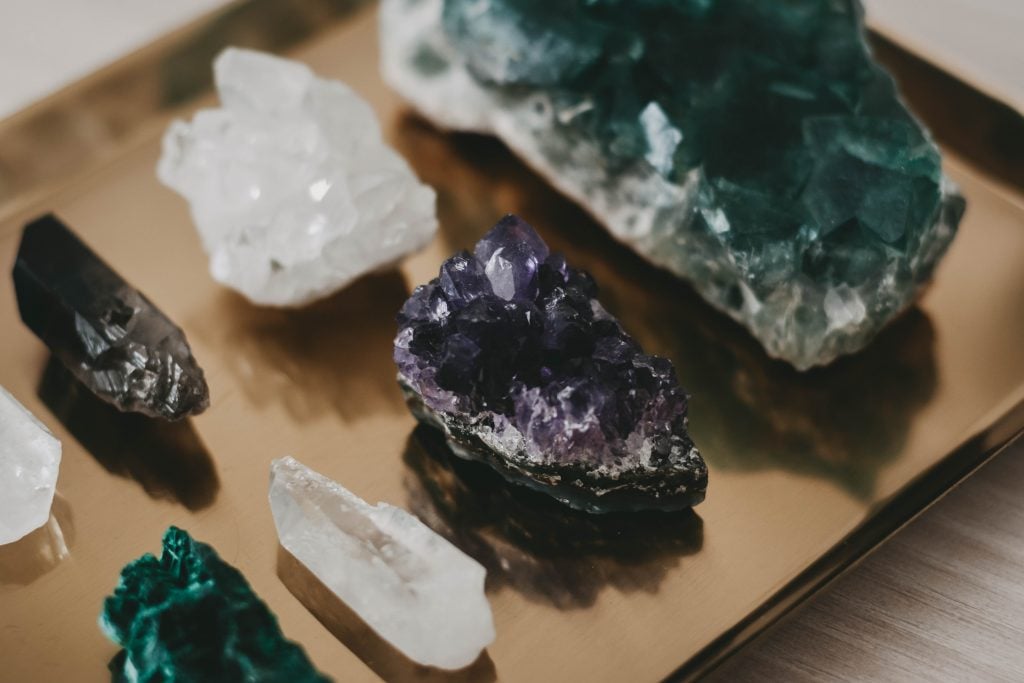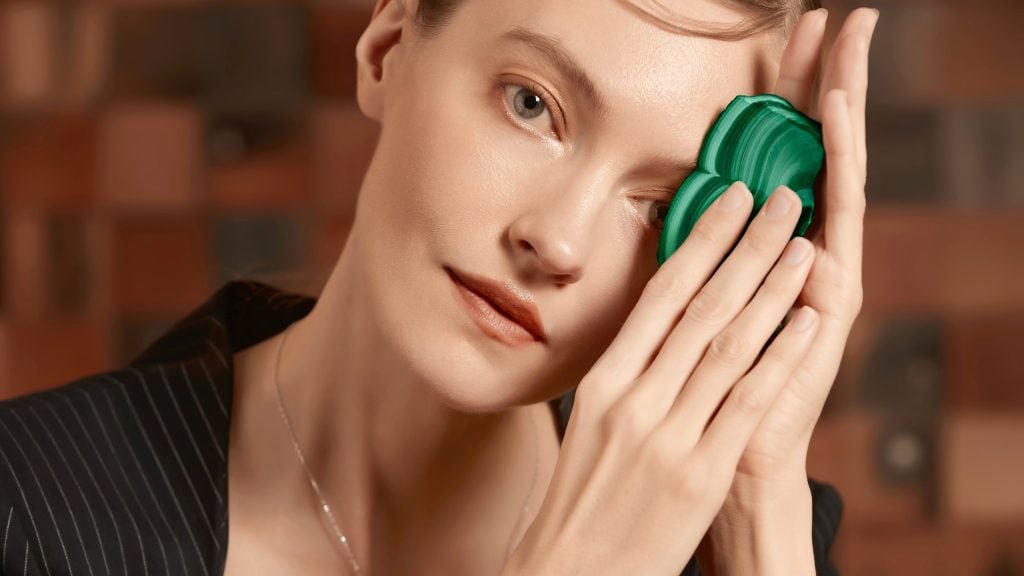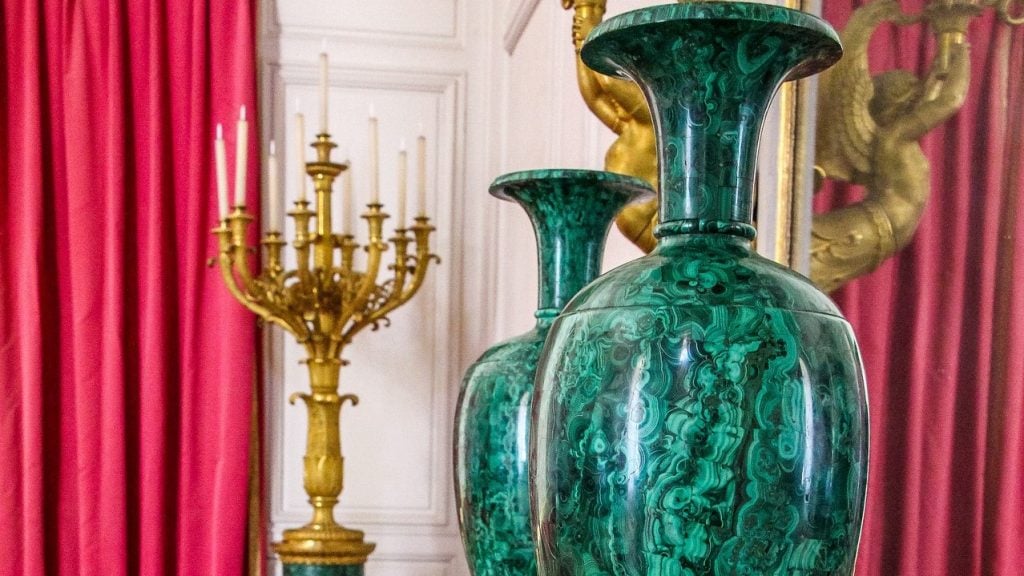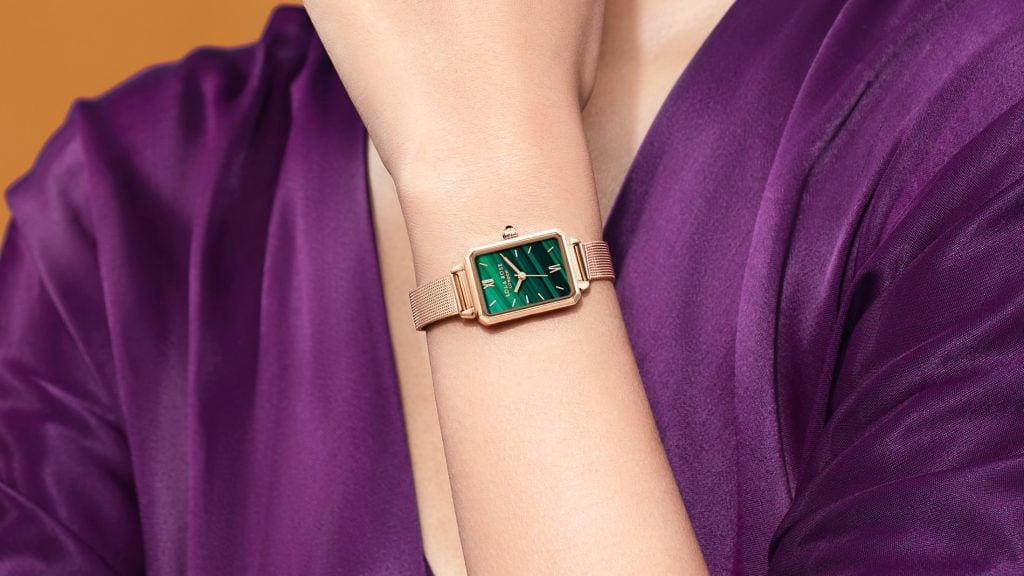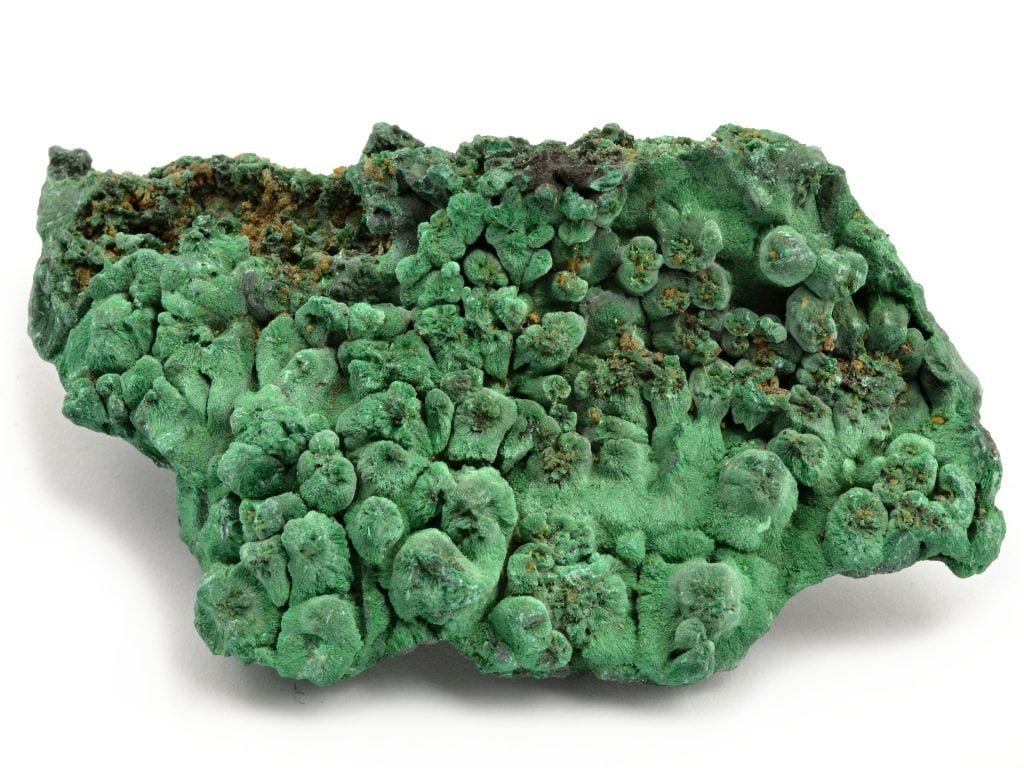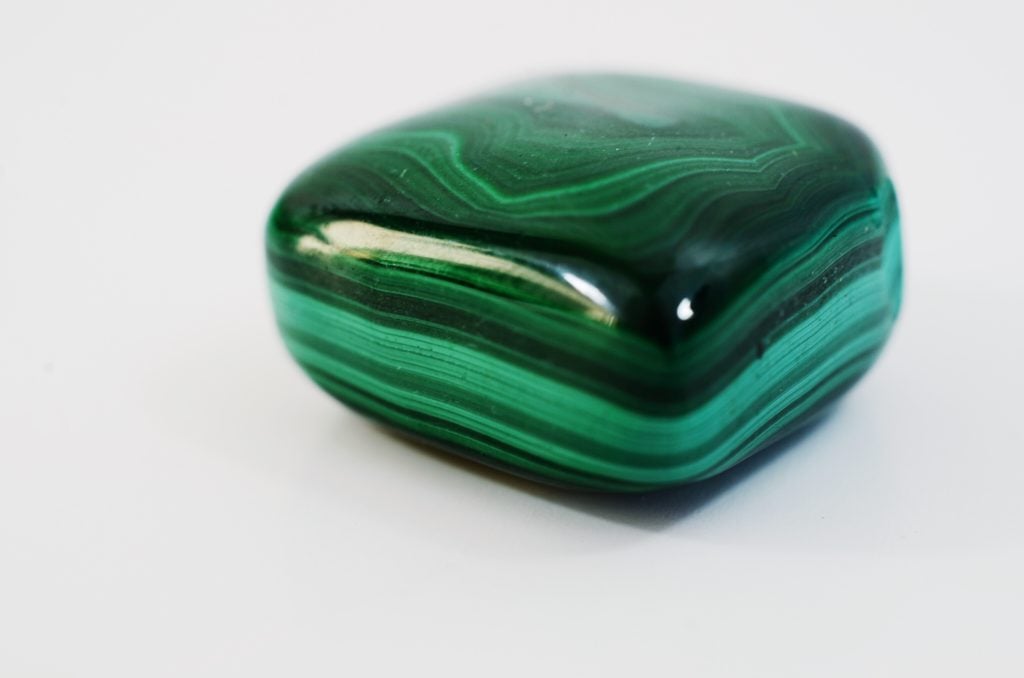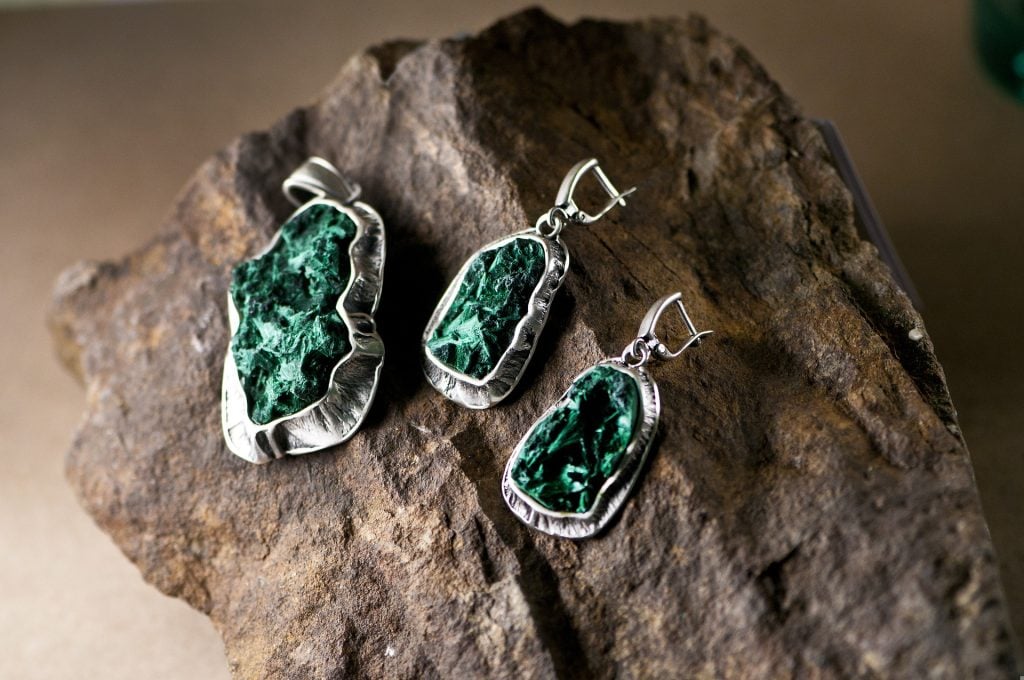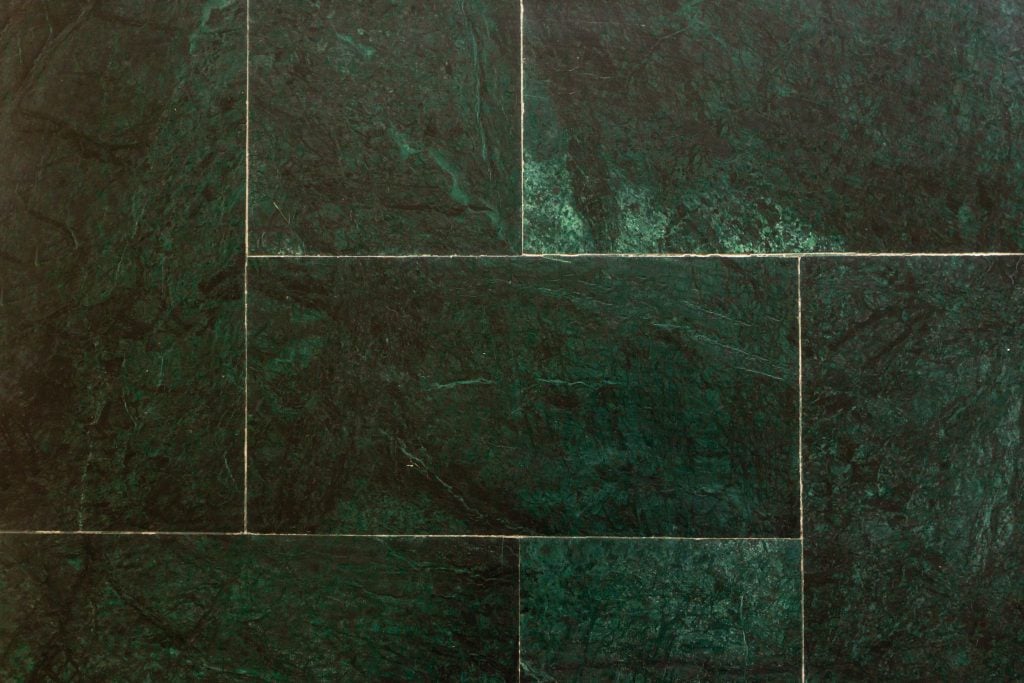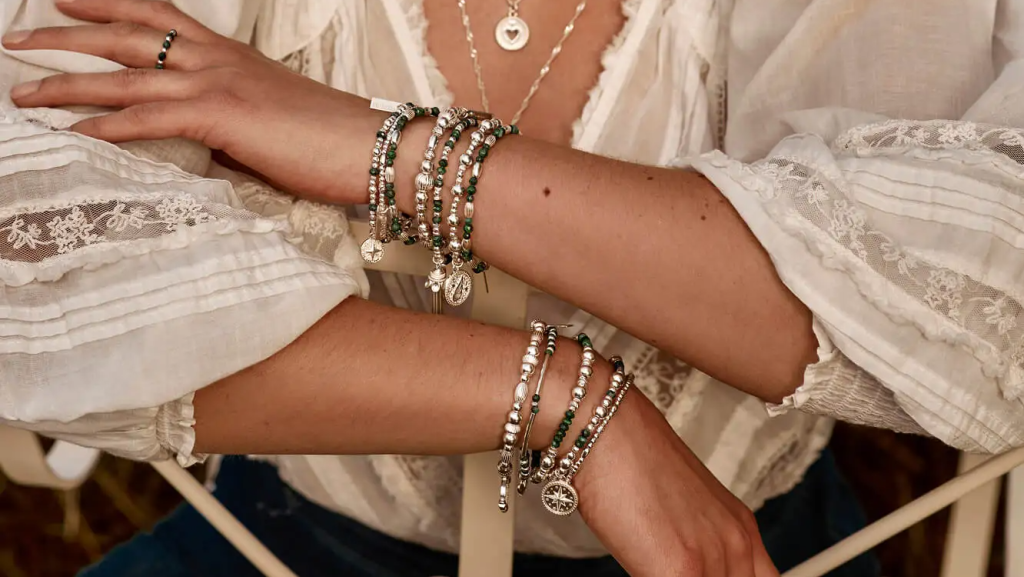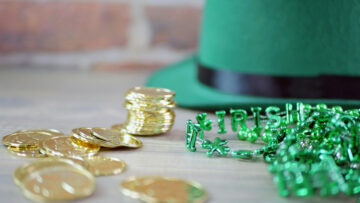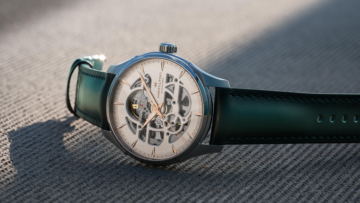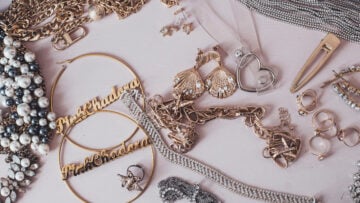The below 10 interesting facts about malachite barely scratch the surface of this stone’s long history. The stone has been used for millennia not only for its unique aesthetic but also for its uses in metallurgy. Malachite’s appeal comes from its striking appearance. It’s held in high regard due to its beautiful naturally occurring concentric patterns. Hard to replicate and increasingly rare, malachite has been gaining popularity in fashion circles lately and with good reason.
1. Malachite is copper ore
Though now widely used as a gemstone, malachite is a secondary mineral of copper. The stone actually forms when copper minerals interact with different chemicals. Examples are copper being altered by carbonated water or copper interacting with limestone. This makes malachite a great guide to copper deposits as it is very often discovered near them.
2. It rarely grows alone
The second of our 10 interesting facts about malachite is that malachite rarely grows on its own. Due to their similar properties and compositions, malachite is very often found as an aggregate with azurite. The stones are, in fact, so similar that their most major difference is their colour, with azurite being a deep blue and malachite being a deep green. Due to azurite being more unstable than its sister stone, malachite will often replace it and become a pseudomorph.
3. Malachite is always green
One of malachite’s most stand-out qualities is its deep green colour. The stone is known for its banded pattern in various shades of green. Unlike most gemstones, malachite only comes in one colour and that’s green. It, however, can vary in shade from light to dark, almost black.
4. Malachite is a popular carving medium
In the past, Malachite was often used in sculptural work and carving. The stone is only a 3.5-4 on the Mohs scale and has perfect cleavage. When chiselled into, malachite reveals a lustrous, smooth surface with unique patterns. This made the stone very popular in larger-scale works such as The Malachite Room of the Winter Palace in St Petersburg Russia.
5. The stone was used to create the world’s oldest green pigment
Malachite is a fairly soft stone making it easy to grind into a powder. The pigment made from the stone was richer and brighter than any other. It was known under the name Chrysocolla or copper green. Due to its popularity and prevalence in the ancient world, the stone was used as eye paint by ancient Egyptians and in paintings from Japan and China. Though with the rise of the popularity of oil paint, the stone itself growing in scarcity and the labour needed to make malachite green, the shade fell out of favour across the world.
6. Raw malachite is toxic
Though malachite was often used in art and sculpture, unfortunately, the raw material is toxic. To be more exact, the danger comes from copper. As malachite is copper ore long-term exposure can cause severe adverse effects from copper poisoning. This means that inhaling or ingesting malachite dust can be dangerous, so raw malachite should be treated with care and stored properly. The polished malachite used in jewellery and decoration is, however, harmless. Nevertheless, even polished, it is still toxic if ingested and any liquid which comes in contact with it should not be drunk.
7. Fake malachite is a lot lighter and brighter
If you have some malachite around the house and you’re wondering if it’s fake or genuine, it’s quite easy to tell. Most fake malachite stones will be a lot lighter in weight than real malachite. The stone is high in density and is surprisingly heavy. The bands of the stone will vary in colour and pattern. The pattern will be more natural and fluid rather than uniform. Fake malachite also tends to be a lot brighter in colour due to the dyes used. Additionally, another way to tell is by the temperature of the stone. Malachite is cold to the touch and stays cold for quite some time. Fake malachite is usually made of acrylic or glass and will warm up in your hand quickly.
8. Its colour doesn’t fade in sunlight
One of the great things about malachite is its ability to retain its colour. Malachite jewellery from years ago can look just as good as new jewellery as the stone doesn’t fade in sunlight, like many other gemstones. This allows for it to be worn and enjoyed as earrings or necklaces for years.
9. Malachite was mined before Emerald
These days, when we talk about popular green-coloured stones the first one that comes to mind for most people is emerald. Though malachite is a slightly obscure stone now it was perhaps one of the first green stones mined for its properties and beauty. Evidence of malachite mining has been found near the Isthmus of Suez and the Sinai as early as 4000 BC. Archaeologists have discovered that emerald, on the other hand, was mined almost 2000 years later with the first mines being identified to be from around 2000 BC.
10. It’s believed malachite has protective properties
From antiquity to today, malachite is believed to hold protective properties, perhaps due to its high copper content. During the middle ages, people wore malachite pendants in the shape of the sun to protect their health and well-being as well as against depression.
Have we piqued your interest in this gorgeous stone with our 10 interesting facts about malachite? Why don’t you head over to our website and browse our newest malachite additions by clicking the link here?

